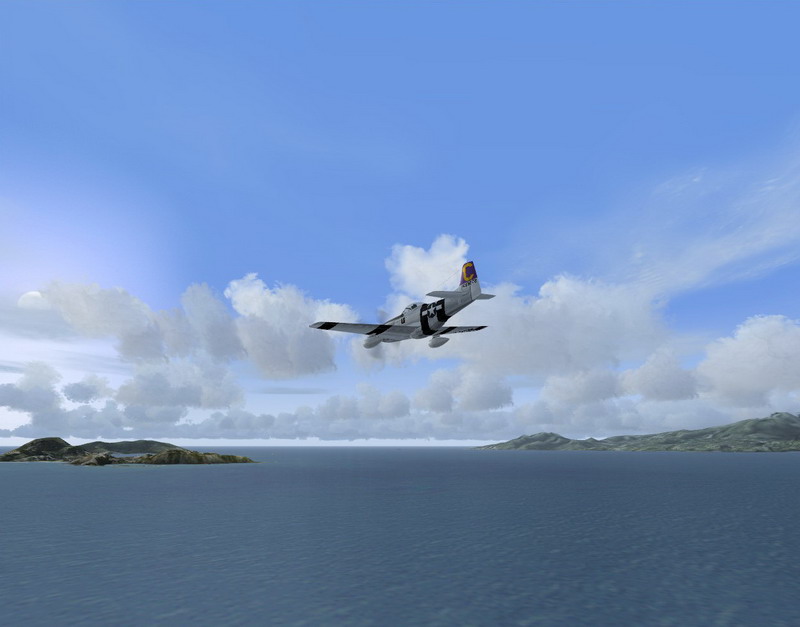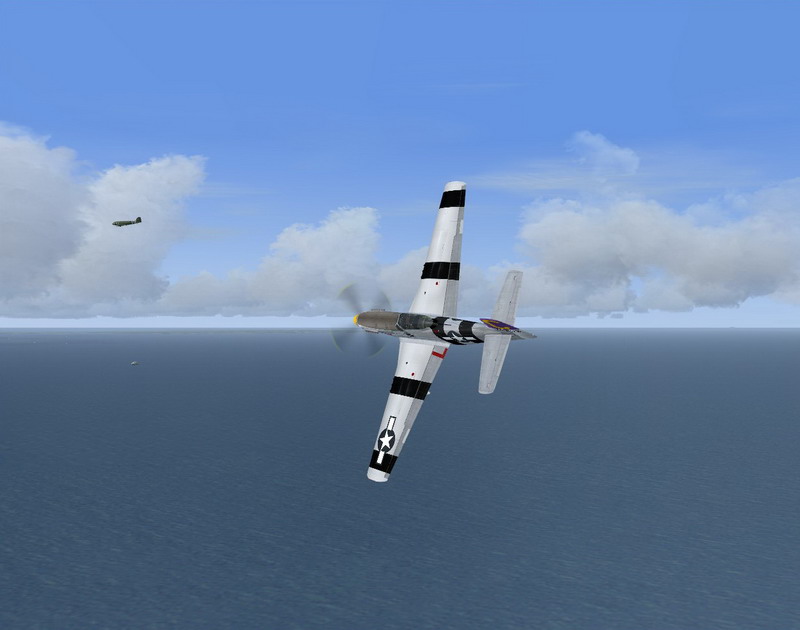Lt. Louis Curdes was circling low over one of his P-51 pilots who was bobbing in his dinghy just off a Japanese field on Batan Island. Another pilot whose plane had the lowest gas in his tanks headed for home. A fourth plane was circling at 20,000 feet sending out a distress signal. It had been a fairly good day, as fighter Mission days over Formosa go. Curdes' flight had knocked down two planes over the target, Curdes getting his first since he came to the Pacific from Italy last December. They had blasted three more on the ground at Bataan before flak caught one of his flight. Curdes looked down to the tossing dinghy and figured the chances of a Catalina coming in for a rescue before dark. It was getting along towards mid-afternoon, and the nights come fairly early off northern Luzon in the middle of February.

Suddenly, Curdes noticed a black speck coming from the southwest toward the enemy-held landing strip at Bataan. Then the speck became a dead ringer for a C-47. And, as the wheels came down on the transport, Curdes saw the American markings. "Those damned Japs have patched up one of our buggies and didn't even have the grace to take the markings off" --Curdes figured as he wheeled about to give the visitor a closer look.

Then he read a familiar number on the tail. It was the number of one of the "Jungle Skippers." At this point, AAA opened up - at Curdes



